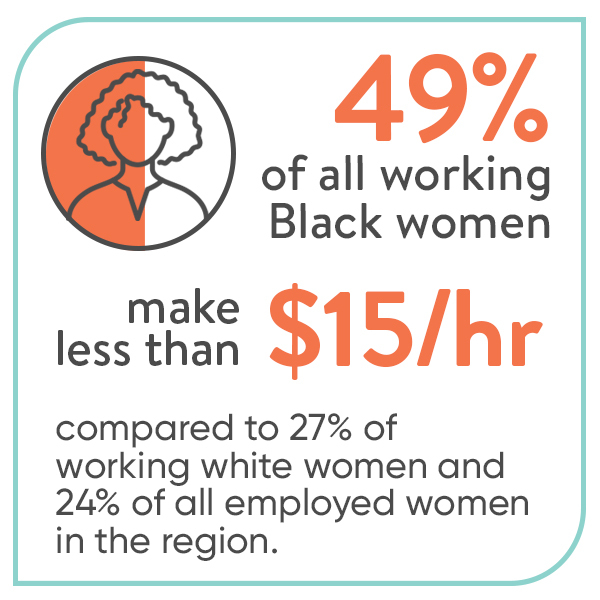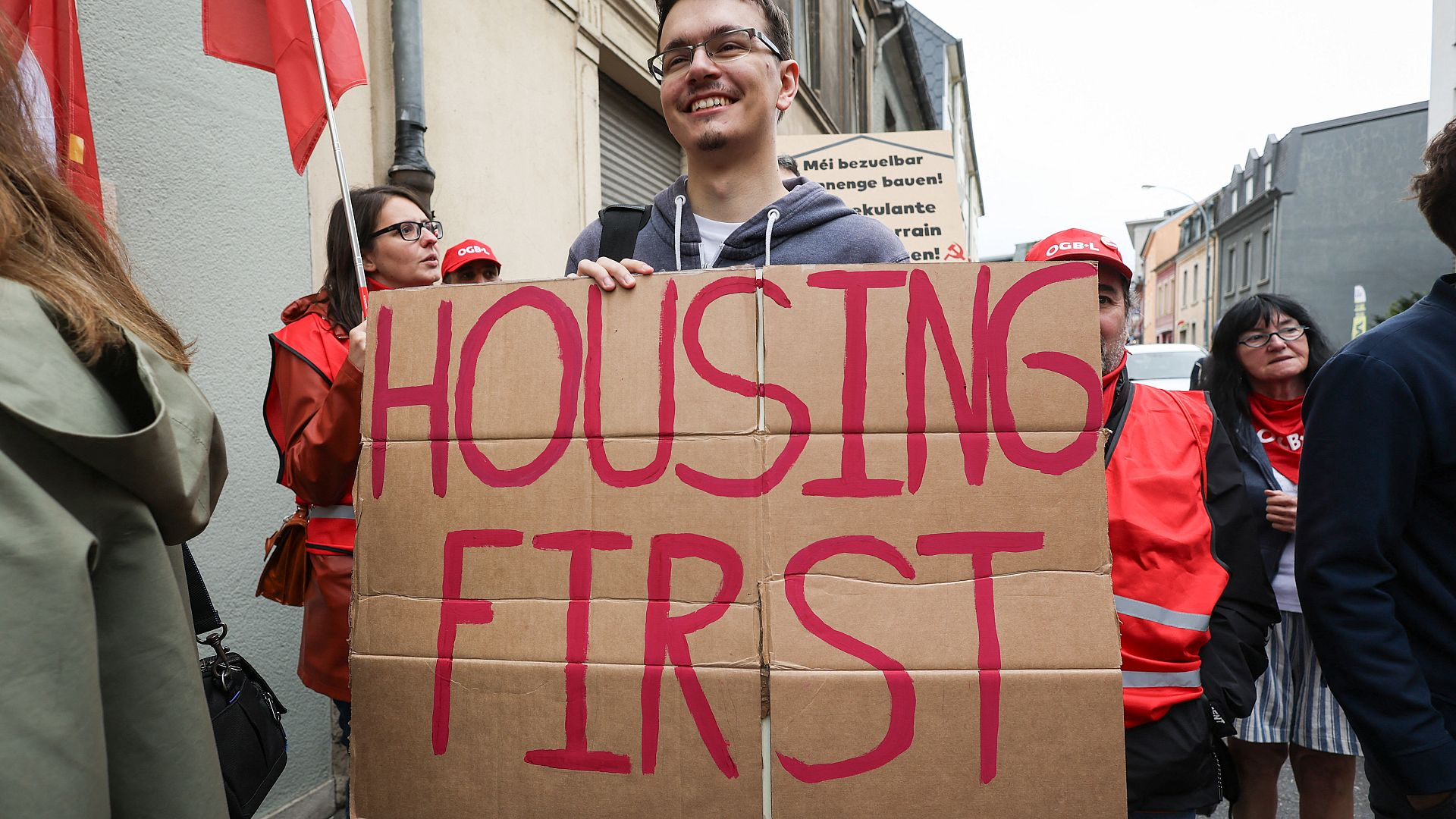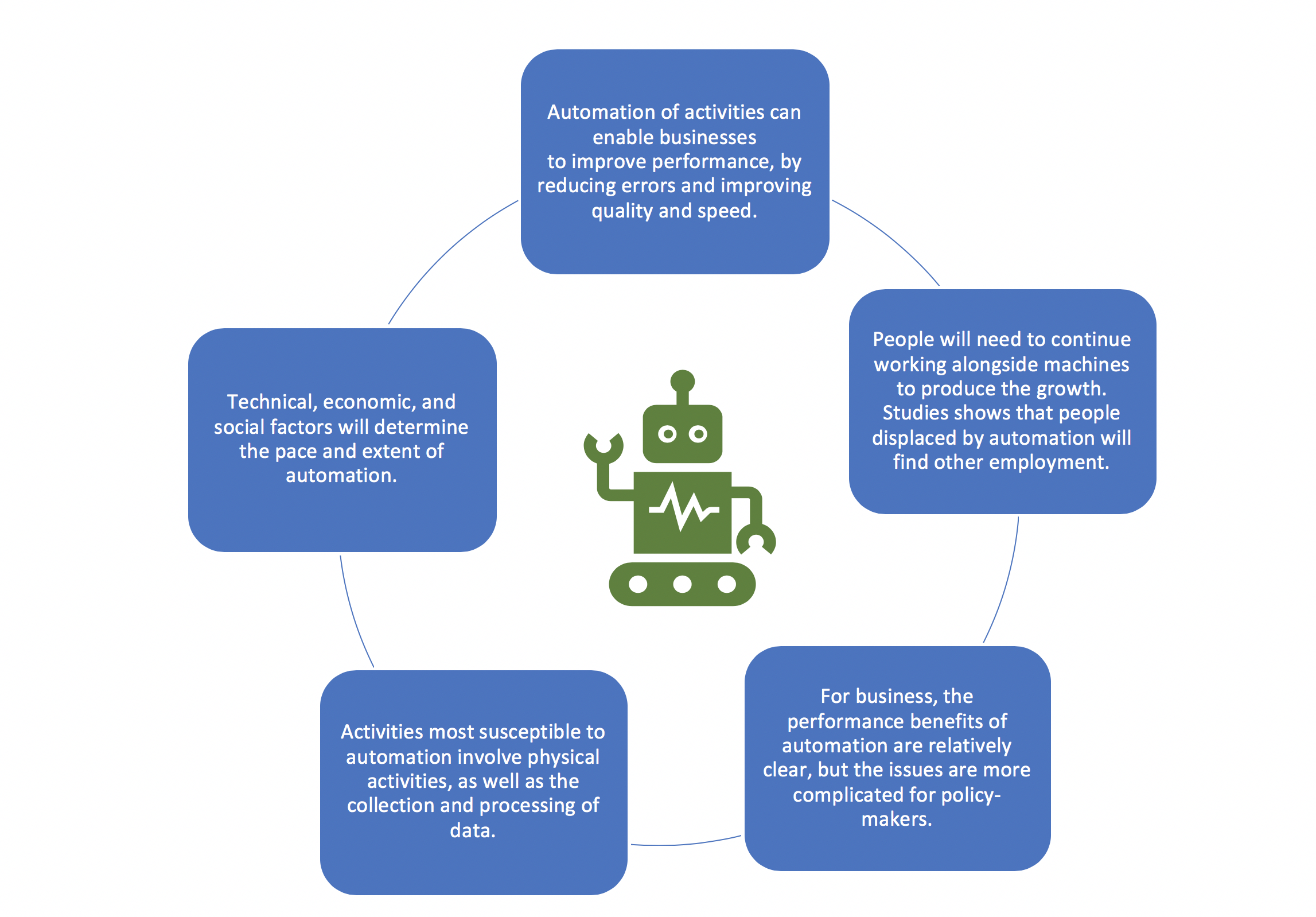Economic mobility for Black Americans has become a pivotal topic in discussions surrounding racial equity and socioeconomic advancement. Recent studies indicate significant strides for children born into low-income Black families, shedding light on the potential for intergenerational mobility despite the persistent racial wealth gap. This research signals a critical shift in economic opportunity for low-income families, highlighting how childhood communities impact lifelong earning potential. As disparities between the wealthiest and poorest white individuals widen, understanding the dynamics of Black Americans’ economic mobility is essential for informing public policy and community initiatives. By focusing on the factors contributing to these improvements, we can better address the challenges still facing many Black Americans today.
The landscape of economic advancement for African Americans is increasingly relevant, especially when we evaluate how disadvantaged youth are navigating pathways toward financial stability. Insights into generational wealth shifts reveal that the fortunes of Black individuals are changing, offering a glimpse into the broader implications of equitable opportunities in society. As we explore the context of upward mobility for marginalized communities, it’s critical to consider the factors influencing economic success and the role of childhood environments in shaping futures. Additionally, examining how systemic barriers perpetuate economic disparities can inspire strategies aimed at closing the financial divide that affects many African American families. Fostering a deeper understanding of these issues will support efforts to uplift low-income populations and promote sustainable progress.
Improving Economic Mobility for Black Americans
Recent studies reveal a positive trend in economic mobility among Black Americans born into low-income families. This improvement is evident in the earnings of Black millennials who are seeing increased financial prospects compared to those in previous generations. Data from Opportunity Insights indicates that Black Americans born in 1992 earned about $21,030 by age 27, reflecting a significant rise from the $19,420 earned by the earlier generation born in 1978. This growth marks a critical shift in the trajectory of Black individuals striving for upward mobility, narrowing the economic gap significantly between Black and white Americans.
The increasing economic mobility for Black Americans also demonstrates the impact of community environments on individual outcomes. The research identifies that in regions experiencing economic growth, particularly in the Southeast and Midwest, there are marked improvements in income for Black youth. It’s important to note that while racial wealth gaps are closing, the research highlights a widening chasm in earnings between low- and high-income whites, illustrating a dual narrative of progress for some while others fall further behind. Thus, investment in the childhood communities of Black Americans plays a crucial role in fostering economic opportunity.
The Role of Childhood Communities in Economic Outcomes
Childhood communities significantly affect economic mobility, especially for Black Americans growing up in low-income areas. The Opportunity Insights study underscores that environments rich in employment opportunities positively correlate with better financial outcomes in adulthood. In fact, neighborhoods where parental employment is high tend to provide better prospects for all children, regardless of their racial background. These findings posit that improving the socio-economic conditions of neighborhoods can lead to substantial gains in economic mobility for disadvantaged communities.
Conversely, areas with limited job availability see stagnant or declining income growth, particularly harming low-income families. The link between parental employment rates and childhood outcomes suggests strategic community investments could yield long-term benefits for their residents. As the data indicates, Black children raised in economically vibrant areas showed higher earnings compared to their counterparts from similar backgrounds in less fortunate communities. Therefore, fostering strong community infrastructures could serve as a powerful mechanism for enhancing economic opportunities for children from low-income families.
Understanding the Racial Wealth Gap
The ongoing racial wealth gap presents persistent challenges to economic mobility among Black Americans. As illustrated by the Opportunity Insights report, while there are signs of improving economic prospects for Black millennials, disparities still remain significant when compared to their white peers. For example, the racial earnings gap has decreased from $12,994 for Gen Xers to $9,521 for millennials. Despite this reduction, the wealth gap reflects deep-rooted historical inequalities that continue to hinder equitable economic opportunities.
This dynamic is compounded by socioeconomic factors such as education, access to resources, and generational wealth accumulation, which collectively contribute to uneven outcomes across races. Understanding the reasons behind these disparities is crucial for policymakers aiming to address these systemic barriers. By prioritizing interventions that support wealth-building in marginalized communities, particularly for Black Americans, we can move closer to bridging the racial wealth divide and facilitating greater economic opportunity for all.
Intergenerational Mobility Trends Among Races
Intergenerational mobility is a critical indicator of economic opportunity, reflecting the ability of individuals from lower-income families to ascend the economic ladder compared to their parents’ generation. The findings from Opportunity Insights suggest that Black Americans born in 1992 show an enhanced likelihood of achieving upward mobility compared to previous generations. The analysis indicates a decreasing likelihood of remaining in poverty, with the gap between Black and white Americans significantly diminishing, showcasing progress in efforts to enhance economic prospects.
Despite the progress observed, intergenerational mobility remains inconsistent and varies significantly based on factors such as geography and community resources. For instance, Black children raised in communities with robust economic structures perform better than those in impoverished settings. These insights emphasize that while strides have been made in fostering economic mobility for Black Americans, ongoing efforts to ensure equitable access to economic opportunities, education, and supportive networks play a vital role in enabling sustained upward mobility.
The Economic Impact of Employment Rates
Neighborhood employment rates closely correlate with economic mobility outcomes for Black Americans and other racial groups. The study reveals that communities experiencing high employment rates often see positive repercussions for children growing up in those environments. As highlighted in the research, Black children raised in neighborhoods with strong parental employment not only achieve better economic outcomes but also flourish alongside their white peers, indicating that improved economic conditions benefit all racial demographics.
Conversely, areas plagued by declining employment rates witness a stagnation of economic mobility, disproportionately affecting low-income families. The research highlights that neighborhoods with higher unemployment also suffer from broader social issues, such as rising mortality rates and family instability. Therefore, policies aimed at fostering job creation and community development are essential for enhancing economic opportunities and bridging the racial gaps that persist in earnings and wealth.
Factors Influencing Economic Opportunity in America
Economic opportunity in America is influenced by a multitude of factors, including education, community resources, and the accessibility of quality jobs. The Opportunity Insights study underscores that individual outcomes are significantly shaped by the environments in which children grow up. Regions with better educational facilities, supportive community networks, and job availability tend to yield higher earnings for individuals as they enter adulthood. This demonstrates the crucial intersection of socio-economic and structural factors in facilitating economic mobility for Black Americans and other racial groups.
Furthermore, the historical context surrounding economic policy and community investment plays a significant role in shaping current opportunities. Discrimination in housing, education, and employment historically have disadvantaged Black Americans, thereby exacerbating current inequalities. Addressing these systemic issues through targeted policies that promote inclusive economic growth is vital for creating an equitable landscape and ensuring that all individuals, regardless of race, can thrive economically.
Longitudinal Insights into Economic Progress
Longitudinal studies provide valuable insights into the economic progress of Black Americans over time. The Opportunity Insights analysis illustrates how patterns of mobility have shifted, with Black millennials showing improved income potential compared to earlier generations. These shifts highlight the importance of tracking economic indicators across different cohorts to understand the effectiveness of policies aimed at enhancing economic mobility. Over the decades, addressing the historical inequities faced by Black Americans remains a crucial part of this narrative.
Analyses of such longitudinal data also reveal that improvements in economic conditions can happen rapidly. As evidenced by the data from 1992 to 2022, regions that evolve in terms of employment and community resources can dramatically uplift the economic prospects for their residents. Such findings reinforce the idea that sustained investments in community development and inclusive economic strategies are central to fostering long-term economic empowerment for Black Americans.
Potential Solutions for Economic Disparities
To effectively address economic disparities affecting Black Americans, innovative solutions are crucial. Investment in education and workforce development programs tailored to the needs of Black communities can provide valuable skills that align with evolving job markets. Additionally, initiatives that support entrepreneurship and access to capital for Black business owners can help close the economic gap by fostering self-sufficiency and resilience within communities.
Furthermore, community-level interventions, such as enhancing parental employment opportunities and providing resources for families, can significantly improve economic outcomes. Programs focusing on mentorship, financial literacy, and networking opportunities are also important for facilitating growth and economic stability. By implementing multi-faceted approaches that prioritize education, job creation, and community resources, we can pave the way for greater economic mobility for Black Americans and bridge the racial wealth gaps that have persisted for generations.
The Future of Economic Mobility in America
Looking ahead, the future of economic mobility for Black Americans depends on collective efforts to dismantle barriers and foster equitable opportunities. Recent trends indicate a gradual shift towards improved outcomes, but persistent challenges remain. The changes highlighted in the Opportunity Insights research suggest that continued focus on creating supportive environments can lead to further progress in this area. Policymakers, community leaders, and organizations must collaborate to ensure that gains in economic mobility are sustained and shared by all.
Long-term strategies that focus on both educational equity and workforce development can lay a strong foundation for the next generation. As American society evolves, it is essential to prioritize strategies that promote economic inclusion and enhance the capacity of Black communities to thrive economically. Ensuring that children from low-income and marginalized backgrounds have access to the same opportunities as their peers is vital for building a more equitable and prosperous society.
Frequently Asked Questions
What are the recent findings on economic mobility for Black Americans?
Recent research from Opportunity Insights indicates that economic mobility for Black Americans, especially those born into low-income families, has improved over recent years. Children born in 1992 showed an increase in earnings compared to their counterparts born in 1978, narrowing the economic gap between poor Black and white Americans while highlighting a growing class divide among whites.
How does intergenerational mobility affect Black Americans’ economic opportunities?
Intergenerational mobility is a key factor influencing economic opportunities for Black Americans. Studies show that historical factors, such as the legacy of slavery, have impacted the upward mobility of these individuals. However, recent data suggests that the chances of Black Americans escaping poverty have improved for those born in the early 1990s compared to earlier generations.
What role do childhood communities play in economic mobility for Black Americans?
Childhood communities significantly impact economic mobility for Black Americans. The study reveals that environments with higher rates of parental employment lead to better economic outcomes. Children who grow up in thriving communities tend to have improved earnings in adulthood, reinforcing the importance of neighborhood context for economic success.
What impact does the racial wealth gap have on economic mobility for Black Americans?
The racial wealth gap continues to affect economic mobility for Black Americans, although the gap between Black and white incomes for poor families has decreased by 27 percent for millennials compared to Gen Xers. Nevertheless, substantial disparities remain, highlighting the ongoing obstacles to economic equality.
How has economic opportunity for low-income families changed for Black Americans?
Economic opportunity for low-income Black American families has notably increased in recent years, with evidence showing that Black millennials earn more at age 27 compared to their Gen X counterparts. This shift signifies progress in closing the economic divide, particularly in regions previously associated with high poverty rates.
What can be concluded about the trends in economic mobility for Black Americans?
The research indicates that while economic mobility for Black Americans has seen improvements, particularly for those from low-income families, significant challenges remain. The trends show a narrowing of racial gaps alongside a widening divide based on class, meaning that while some progress is made, systemic issues still hinder overall equality.
What strategies can help improve economic mobility for Black Americans?
Improving economic mobility for Black Americans may involve enhancing access to quality education and employment opportunities, fostering strong community support systems, and addressing the racial wealth gap through policy changes. Communities that promote parental employment and children’s well-being are essential for sustained economic growth.
| Key Findings | Details | |
|---|---|---|
| Economic Mobility Improvement for Black Americans | Research indicates that economic prospects for Black Americans born into low-income families have improved, with millennials faring better than Gen Xers. | |
| Earnings Comparison | Black millennials (born in 1992): average earnings of $21,030 vs. Gen Xers (born in 1978): $19,420. | |
| Racial vs Class Gaps | While racial earnings gap has decreased from $12,994 (Gen Xers) to $9,521 (millennials), class gaps among whites have widened. | |
| Geographic Variations | Significant progress noted in the Southeast and Midwest regions for Black Americans, particularly in areas with strong employment opportunities. | |
| Impact of Community | Neighborhood employment rates significantly correlated with the economic outcomes of children, regardless of race. | |
| Recent Study Insights | The study represents 40 years of data, indicating persistent yet changing dynamics in economic mobility. | |
Summary
Economic mobility for Black Americans has shown encouraging improvements, especially for those born into low-income families. The recent study by Opportunity Insights reveals that Black millennials are earning more than their predecessors, indicating a positive trend in overcoming historical economic disparities. However, while racial gaps in economic outcomes are narrowing, the class gap among white Americans is widening, highlighting the complex interplay between race and economic opportunity. Overall, continued efforts and community support are vital to sustaining this progress and addressing the lingering inequities in economic mobility.



